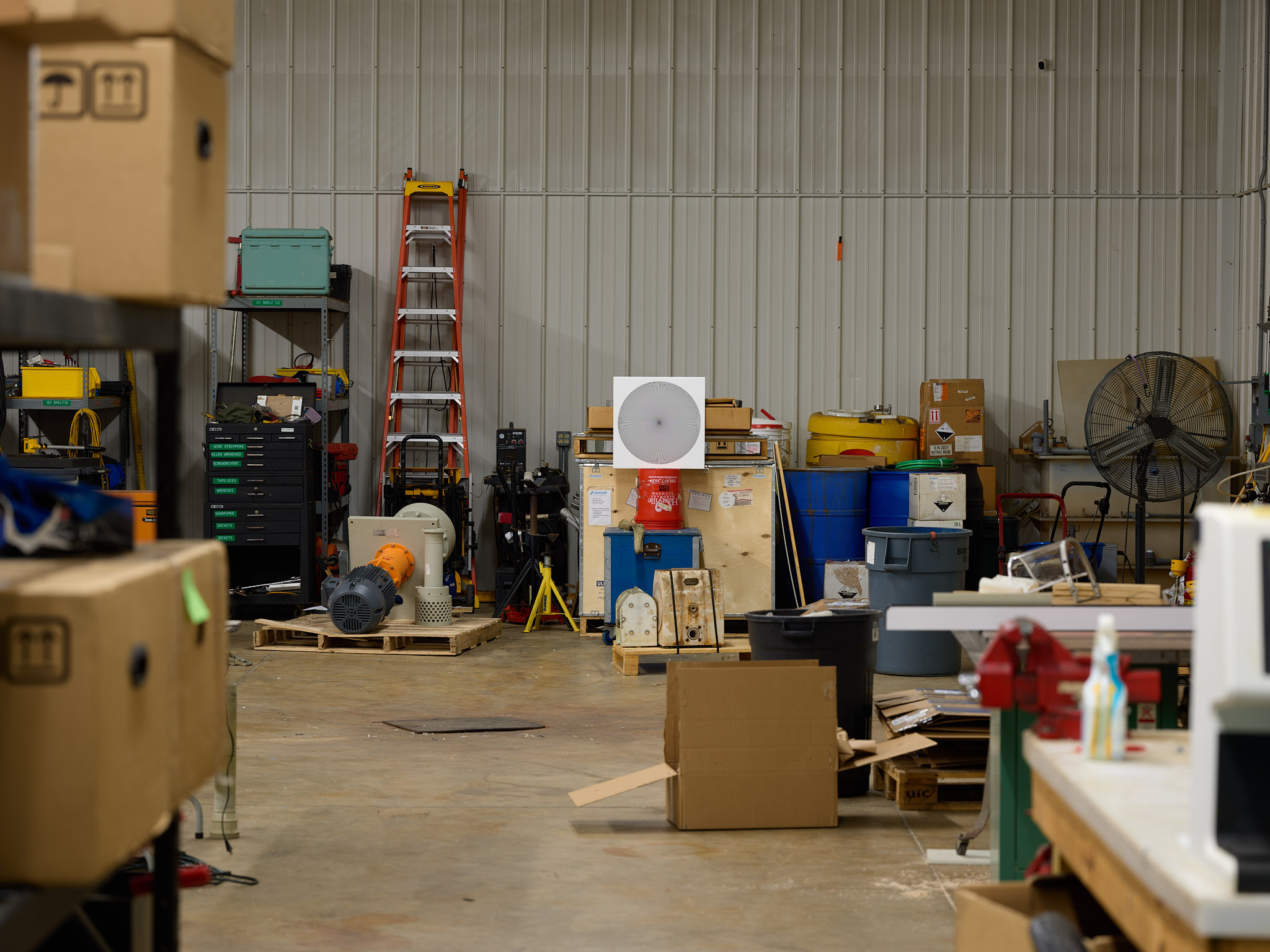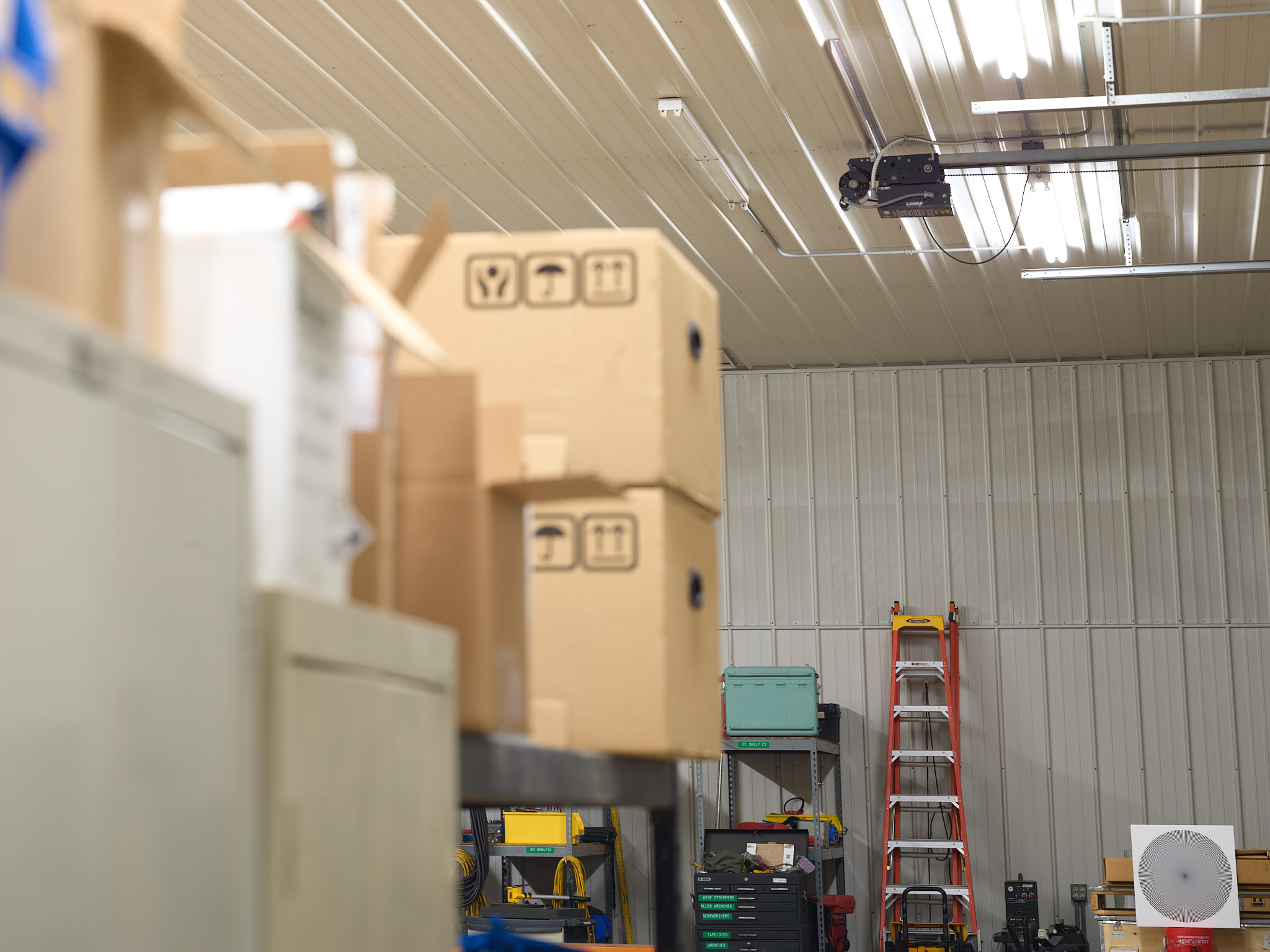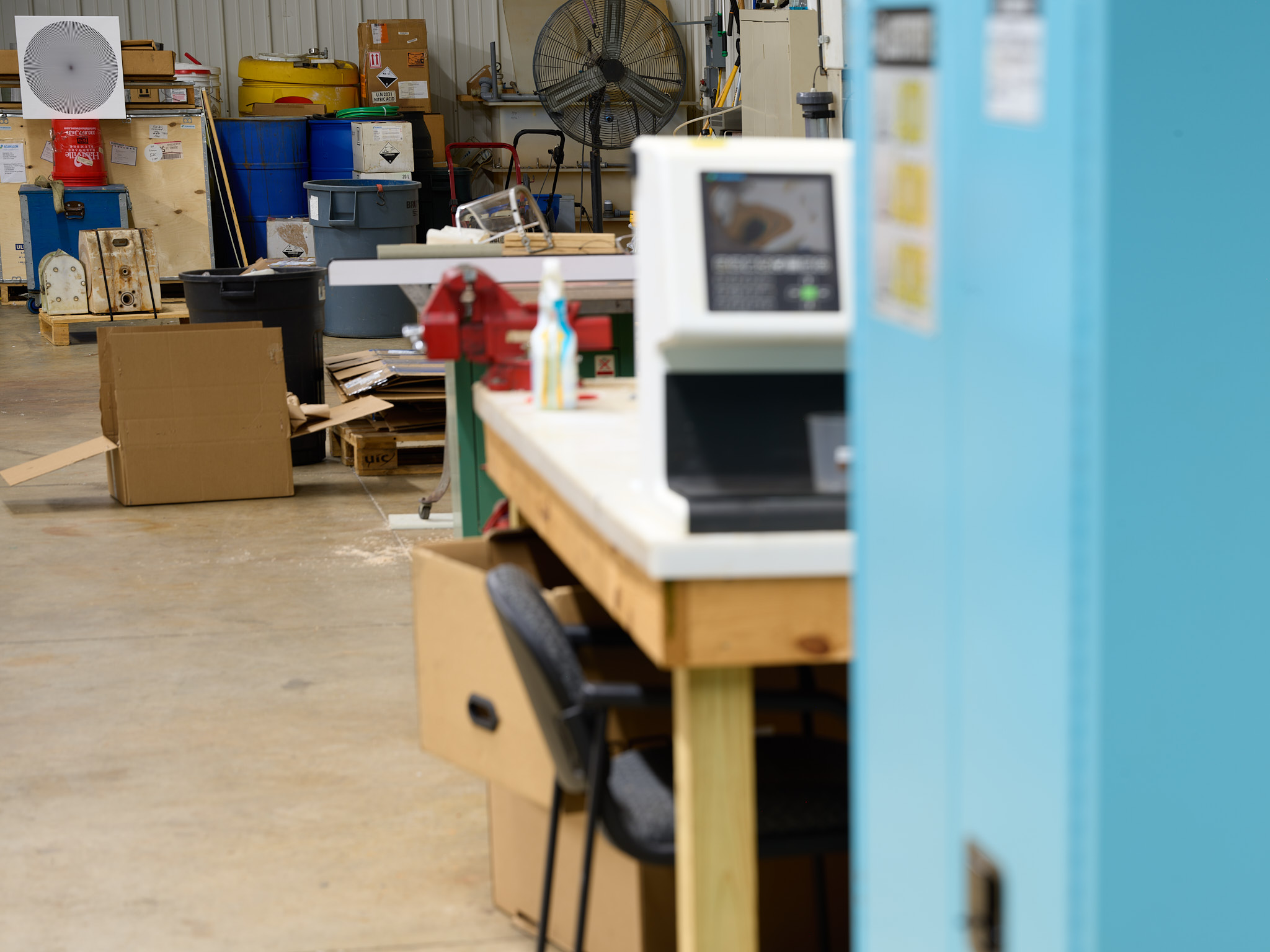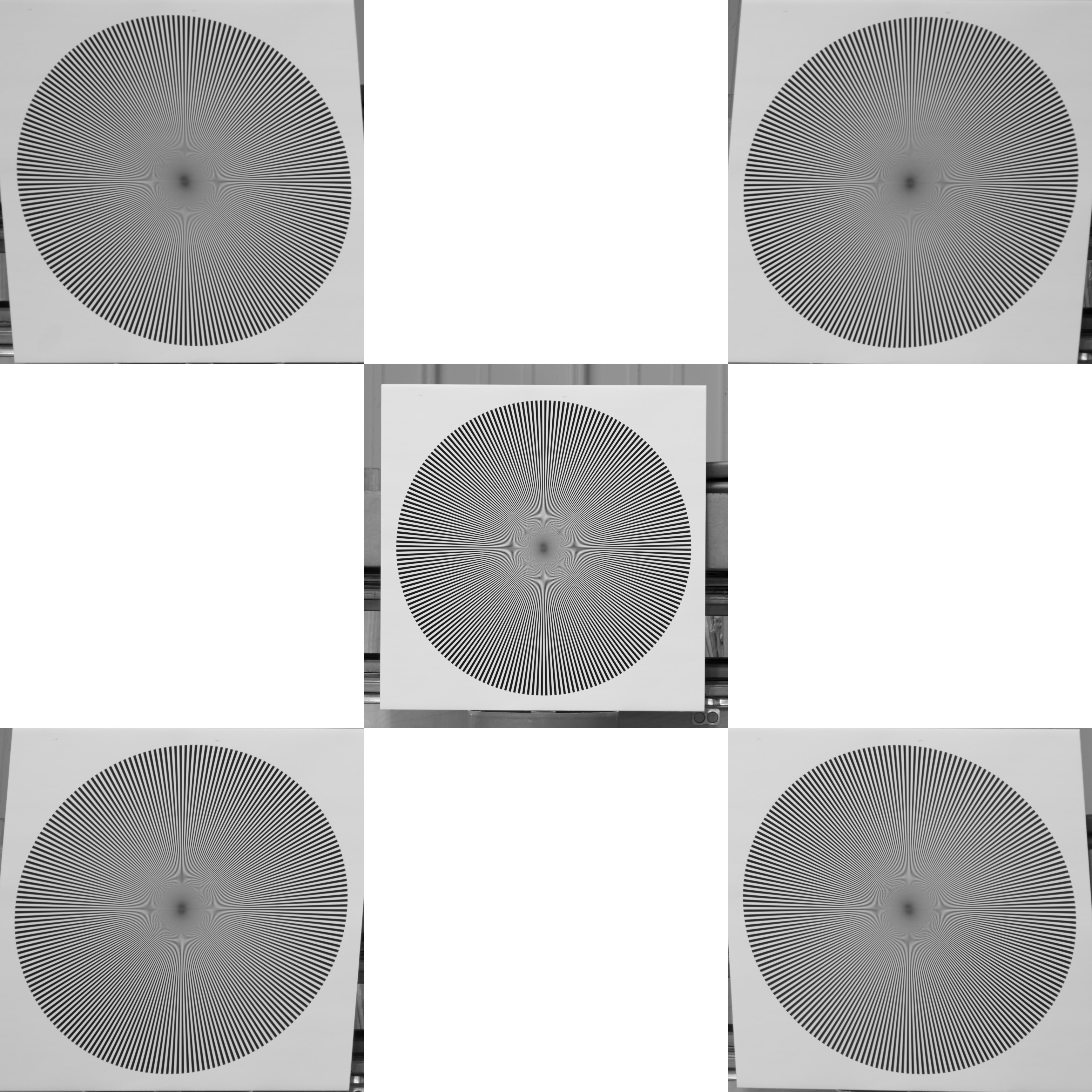Here is a (much) longer review...
Mechanics
This is a heavy lens. This copy is in an Alpa mount, which impacts how the lens is used in the field. For those not familiar with Alpa’s lens mount, they have “long barrel” (LB) and “short barrel” (SB) mounts. LB’s do not require any adapters, which are really just spacers or extension tubes. SB’s require either a 17mm (SB17) or 34mm (SB34) adapter. I like SB mounts better because:
- The lens is physically shorter; more options in how to store it in the bag.
- Alpa’s tilt design requires at least one 17mm tilt adapter, so LB mounts cannot tilt, while all SB mounts can.
- A long lens hangs off with a fulcrum pretty far from the camera; no doubt it puts some torque on the camera. Adding at least some of the adapters behind the camera balances the weight and reduces that torque.
- Placing the adapter behind the camera eliminates vignetting from the camera interface when shifted to extremes.
My longest lens in an Alpa mount is the sk150mm because longer lenses take up too much space in my bag. That lens is in an SB34 mount. Over the years, I’ve complained that Alpa does not make a “shorter” barrel version of longer lenses; 17mm or 34mm are the only two options. In my opinion, longer lenses like the 180mm or 210mm should be offered in 51mm or even 68mm short barrel options. Enter the 138f, which is designed around a 51mm short barrel (17mm+34mm). I am very happy with that decision because it does a few things: First, the lens length without the adapter is ~132mm (5-3/16”); short enough to orient in a f-stop ICU standing up if you wish. Second, it reduces the stress on the front of the camera.
This is a heavy lens at ~1180 gms not counting the 51mm adapter. As mentioned in a previous post, I would not use the 51mm adapter; instead, a combination of 17mm and 34mm. the 138f is about the same length as the sk150 in the SB34 mount. However, the sk150 (SB) weights only 700 grams. The helical is very tight. I like this in the field, but it does make it difficult to know if you have the absolute best focus setting possible in a controlled testing environment. More on that later.
Rodenstock’s aperture mount is very nice to use; well damped and solid. The only disadvantage is there are no click stops just like Rodenstock’s Copal shutters. When focus stacking or stitching you need to be mindful not to touch the aperture ring during the entire process.
Alpa makes 3D printed lens hoods. I did not think much about them, but I must say this one is pretty nice and very functional. It has good coverage but does not vignette even shifted 20mm plus 20mm rise (123mm IC). It is flexible yet does not seem to deform; at least so far.
Image Quality
I printed Jim Kasson’s Siemens Star at 20” to be used inside at ~20 meters. Equipment:
- Alpa 12+
- Alpa 17mm adapter (mounted lens-side)
- Alpa 34mm adapter (mounted sensor-side)
- Alpa 138f lens shade
- IQ4 150
- Arca Swiss Cube
- RRS 34L Tripod
- Cement floor
- Tethered to 15” MBP
Lighting was horrible industrial fluorescent bulbs, so please do not judge the color. I shot one image on the lens center axis, then shifted 20mm left/right combined with 20mm rise/fall. That equals a 123mm image circle. The official image circle is 110mm, so this is well beyond the intended use. Note there was no evidence of Rodenstock’s usual mechanical hard disk vignette. There may be one there but if so, it is beyond 123mm IC. I will never use this much movement but felt there was some benefit to knowing how it performs at as far out as I can shift. The “ff” equivalent of the 138f without stitching is 90mm. Stitching out to a 123mm IC brings that equivalent focal length down to 48.5mm, or almost 2x. A typical use would be shifting left/right 20mm for a 2-image 7:3 panorama. Occasionally combine that with some rise/fall up to ~10mm, which represents a 111mm IC. For those of you considering this lens with an XT, 12mm shift + 12mm rise = 100mm IC.
When considering the size of the image circle, this is the best lens I’ve ever tested. I don’t know if it is the sharpest on-axis but as you move out to the edge of the image circle there is very little loss of detail wide open at f/6.5. There is some slight loss that is discernable in direct image comparisons of a Siemens Star, but I find it hard to imagine that difference being detected in a real-world image. Please remember, that is out at 123mm, not the normal IC edge limit of 67mm associated with an unshifted image. There is a bit of field curvature out that far on the image circle. I had to refocus slightly from center image to the first shifted image. I am sure it is field curvature because once I focused on the first shifted corner, no refocusing was necessary for the other three corners.
Here is the basic problem with this lens: I’ve reached a point in image quality/detail where my ability to focus is the limiting factor. I’ve been carefully manual-focusing lenses for 25 years on a variety of cameras, and I’ve used Alpa cameras / P1 digital backs almost exclusively for the last 10 years. Getting the most out of the system using careful focusing is nothing new to me. However, using the helical on this lens for minute differences in focus is a real challenge. Zoomed to 100%, 200%, 400% with or without focus peaking. It is essentially impossible to rotate the tight helical without adding some vibration, so critical focusing is an iteration of rotate, let go, view, rotate, let go, view… That means you have to remember what it looked like and mentally compare the new live view. These images have so much detail that it is very difficult to determine differences even tethered on my large NEC screen. The long lens version of LensAlign doesn’t help much. You basically have to run many samples through the Imatest edge profile to really know which image sample is the sharpest. Here is an excerpt from an email conversation with Jim Kasson:
Thanks for letting me see the images. Given the reputation and cost of the lens, I would have thought the center to be sharper than I’m seeing, but the lens is currently laying down far more detail than the sensor can resolve on axis. It’s possible that focusing is contributing to the sharpness in the middle; I can’t reliably focus lenses with stiff helicoids as accurately as I’d like for testing; I have to make multiple runs. – Jim K.
I could certainly take multiple images with very slight changes in focus, but I refuse to put Jim through that exercise when the only benefit would be bragging rights. The main point is this: The lens delivers excellent detail across a larger image circle far better than any other lens I’ve used. As Jim noted, more detail than the IQ4 150 can resolve at 3.76 microns/px. All this is in the context of controlled testing; in the field, there are many factors that limit resolution well below these minute differences in plane of focus distance. First and foremost is the subject matter; rocks and trees don’t have the critical hard edge structure of a Siemens Star. DoF, wind, soft ground and the photographer’s diligence are other factors. At least that has always been my experience.
The last lens I tested was the Rodenstock 90hr-sw vs sk90 apo-digitar. Here is the summary from that test:
The 138f would be “5” all the way across wide open at f/6.5 out to the 98mm IC. At 123mm, I would rate the quality a “4+”. The implication is the lens can be used throughout a wide image circle with no discernable loss of detail, even wide open. I could go backpacking with a 2-lens kit: sk60xl and 138f. With simple sensor stitching, these two lenses cover a good focal length range that matches well with how I see.
Ciao,
Dave
Test scene:
Examples shifted 20mm + 20mm rise/fall:
Target map at 123mm:







